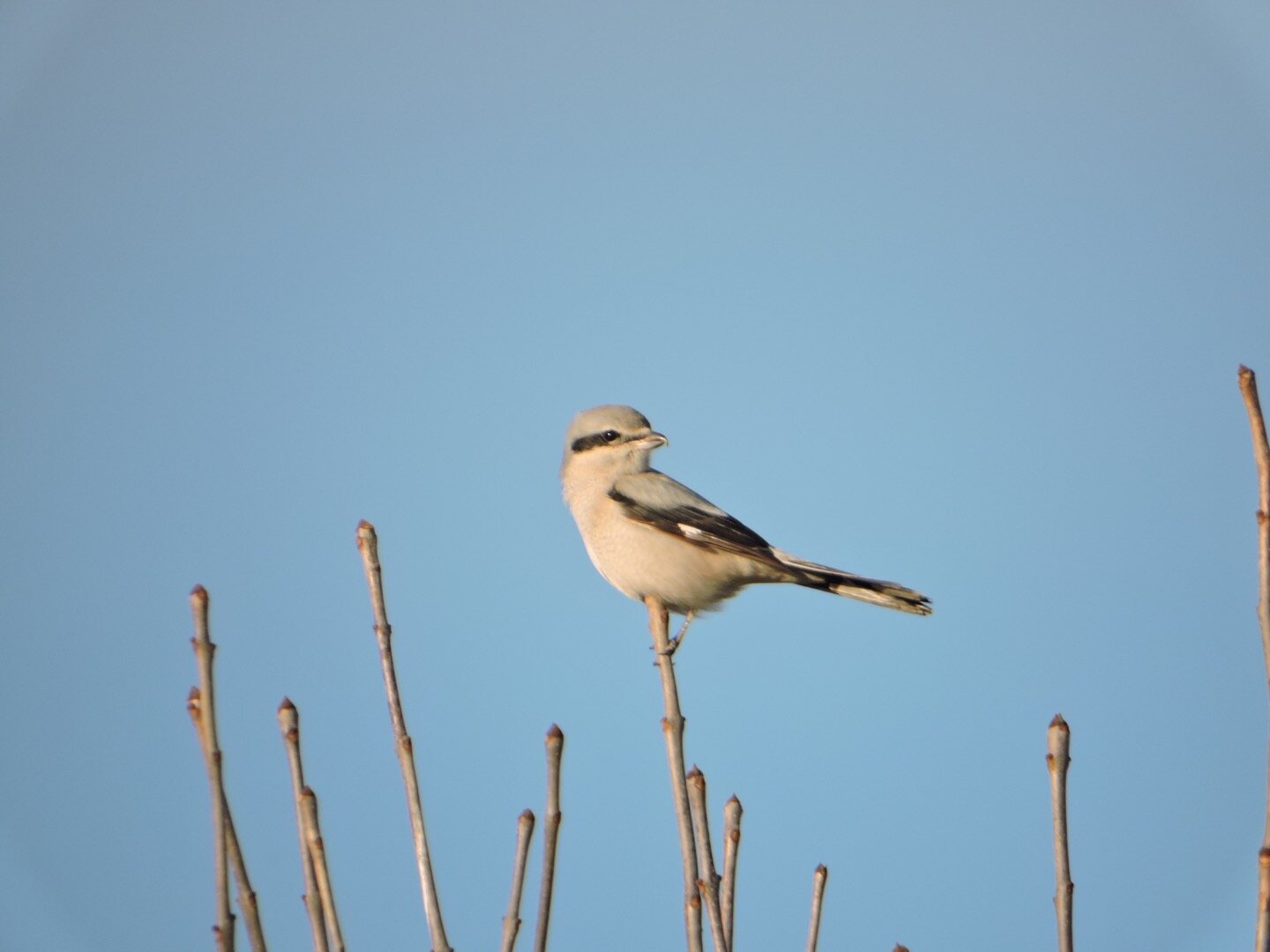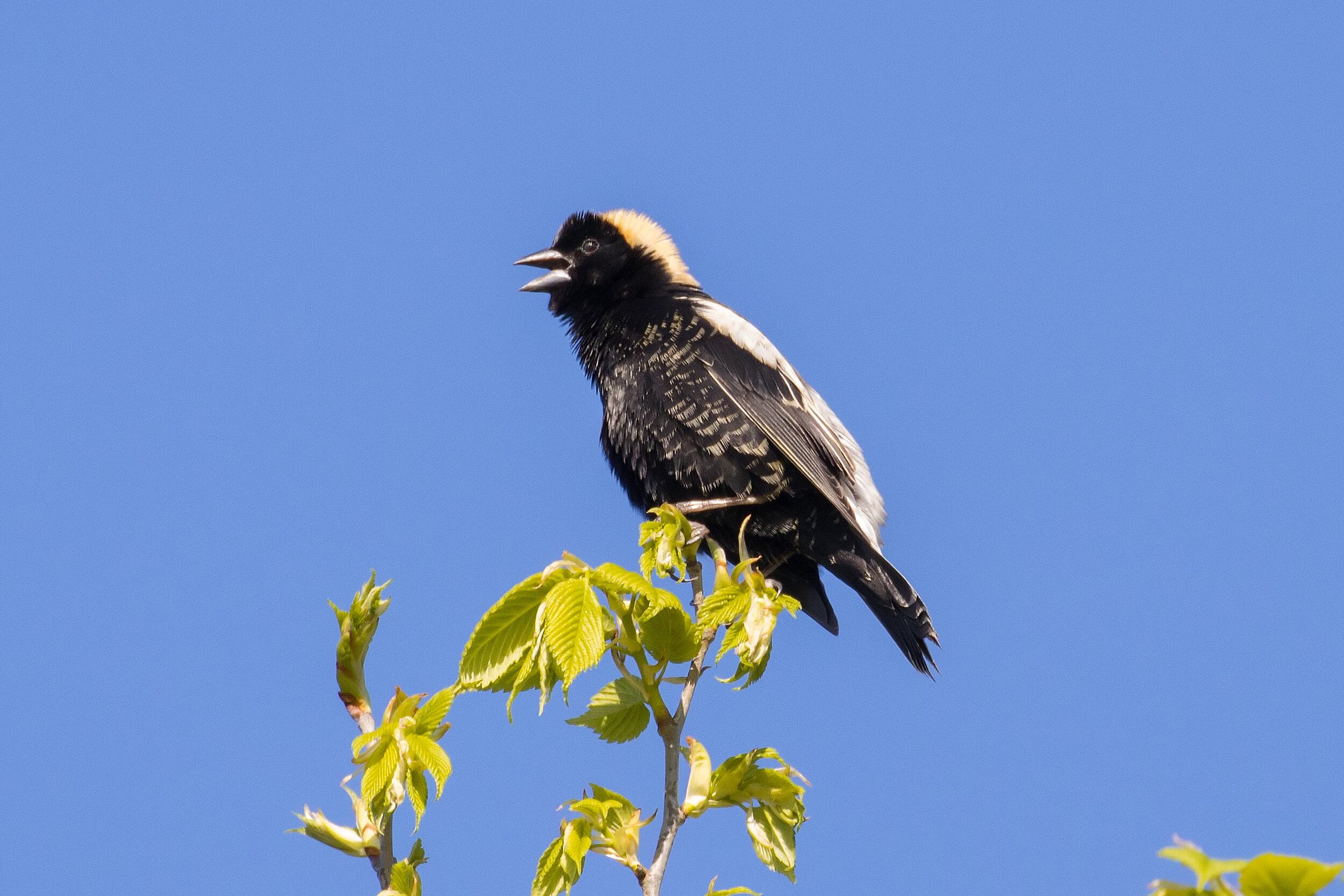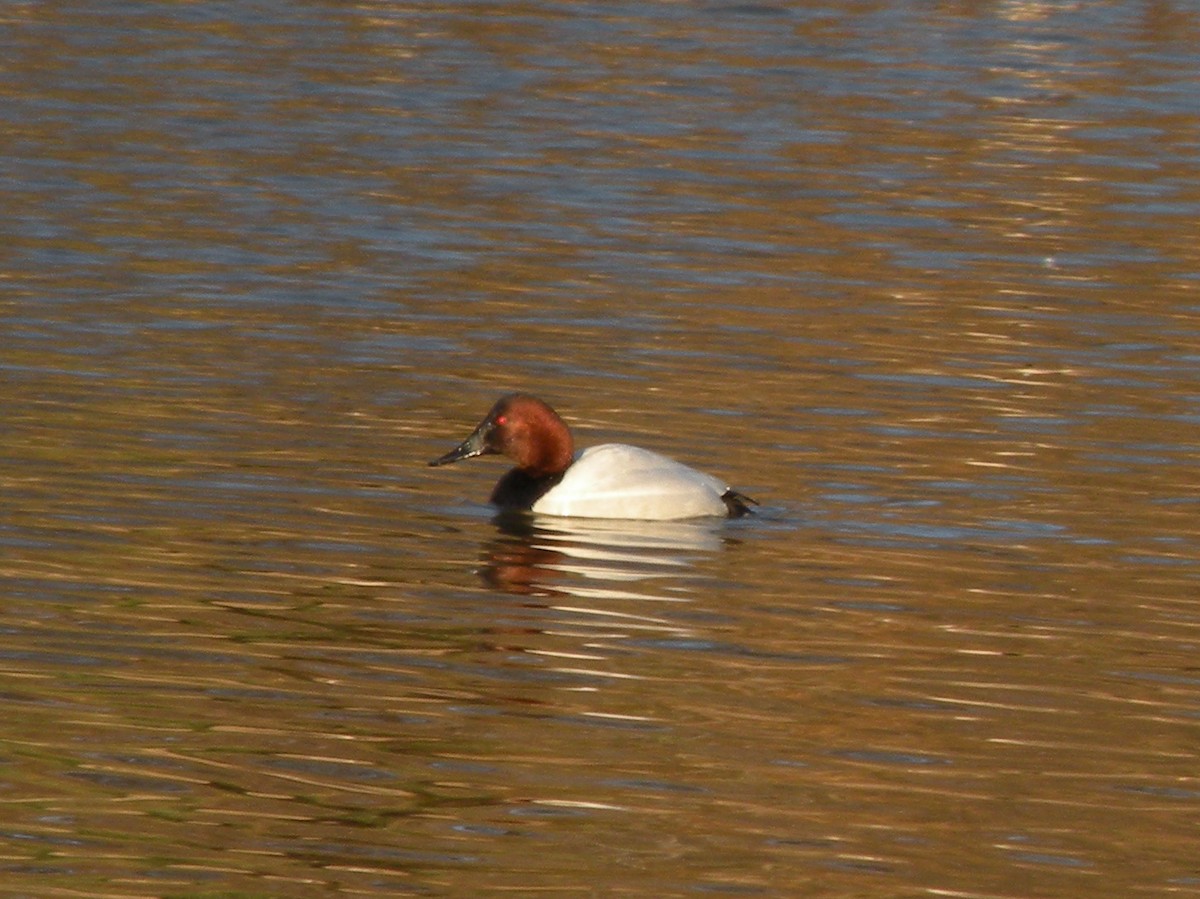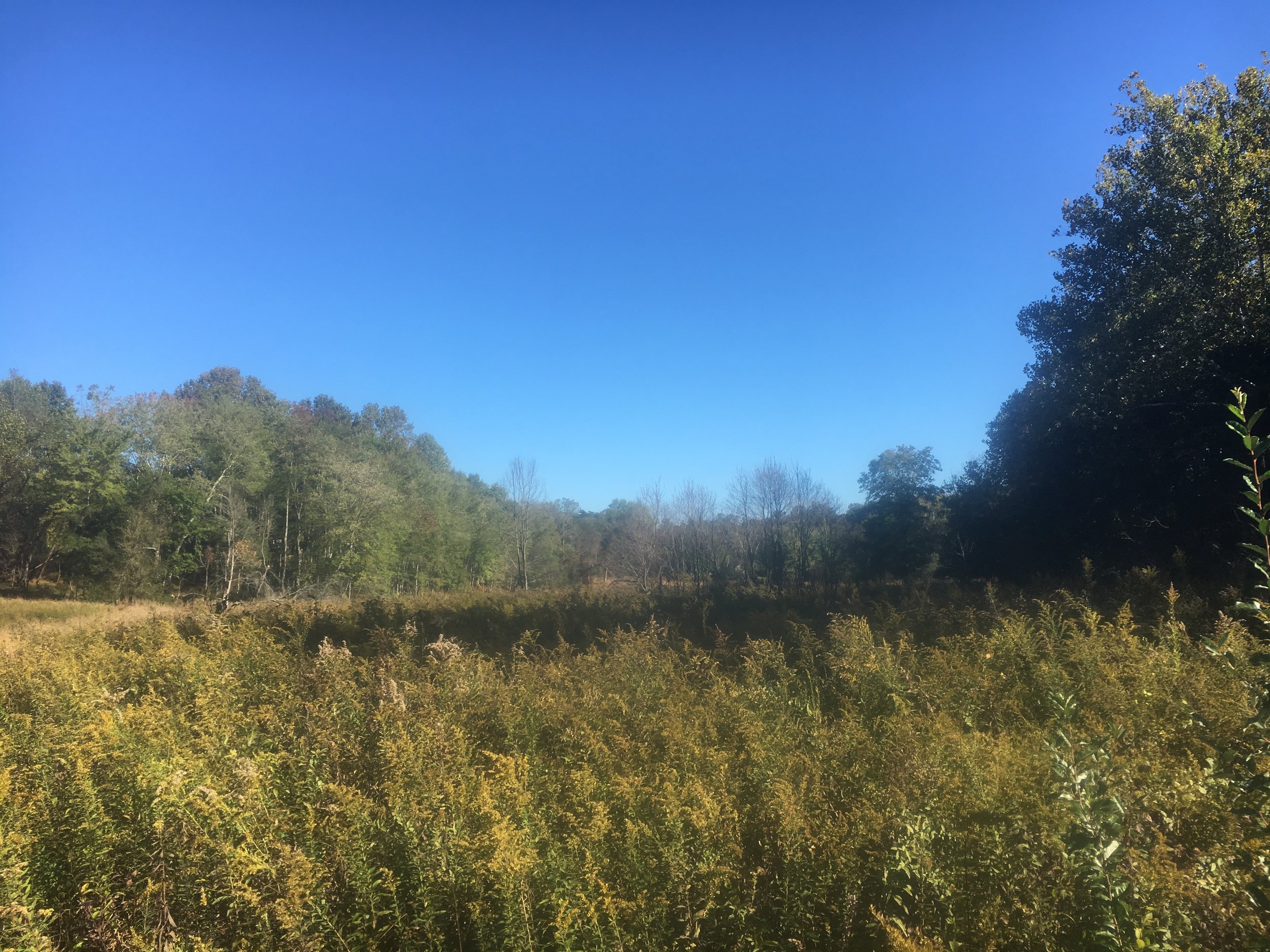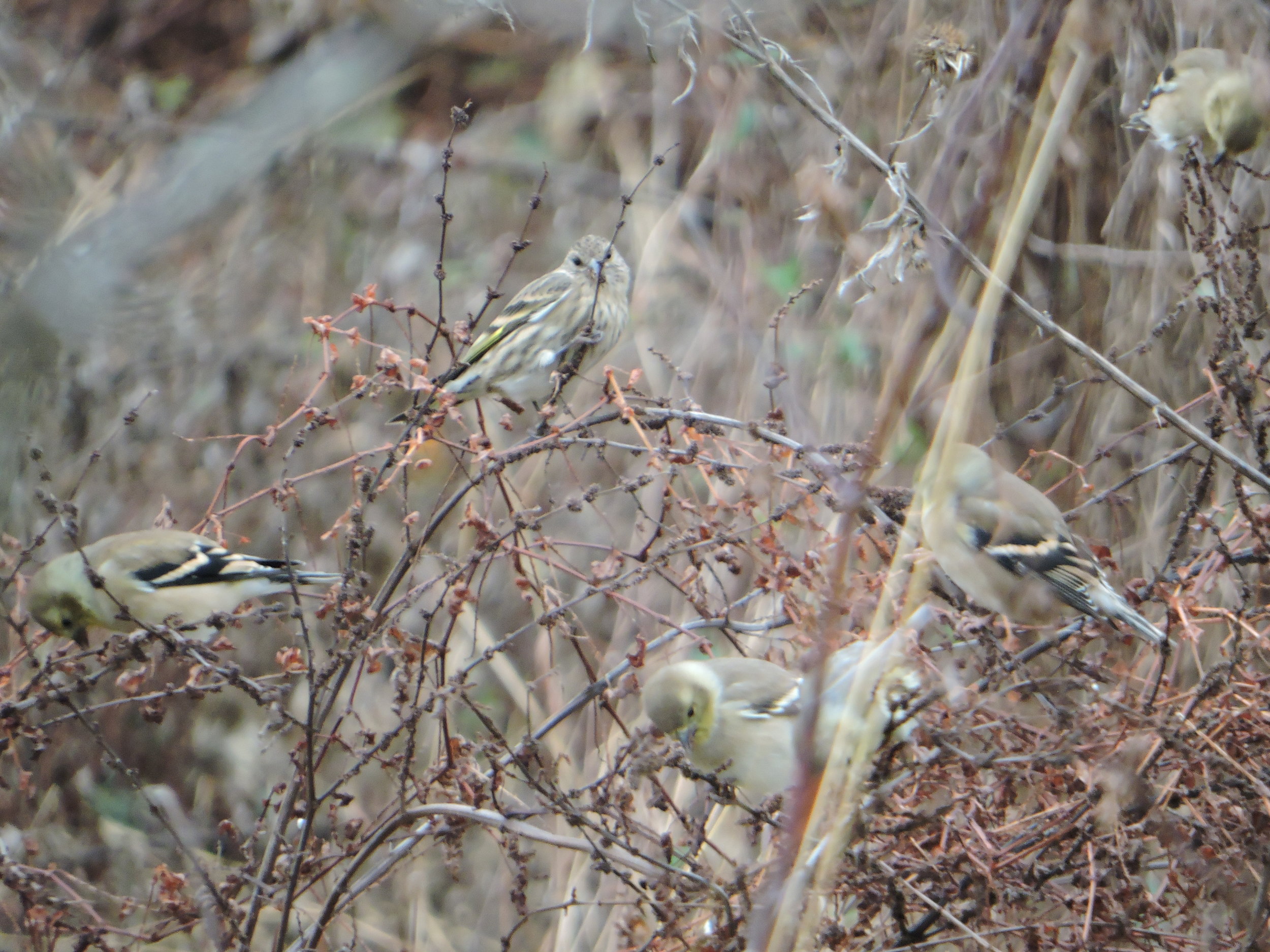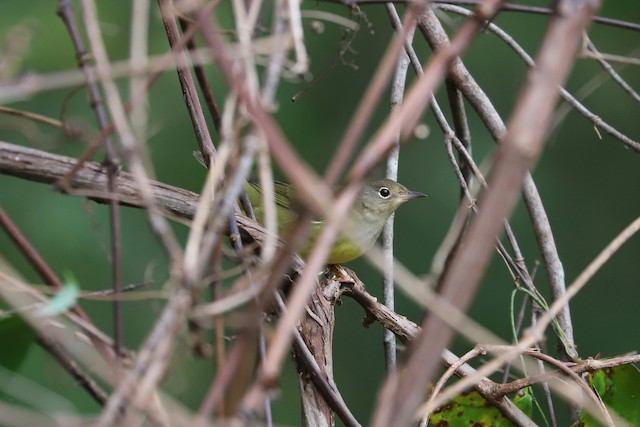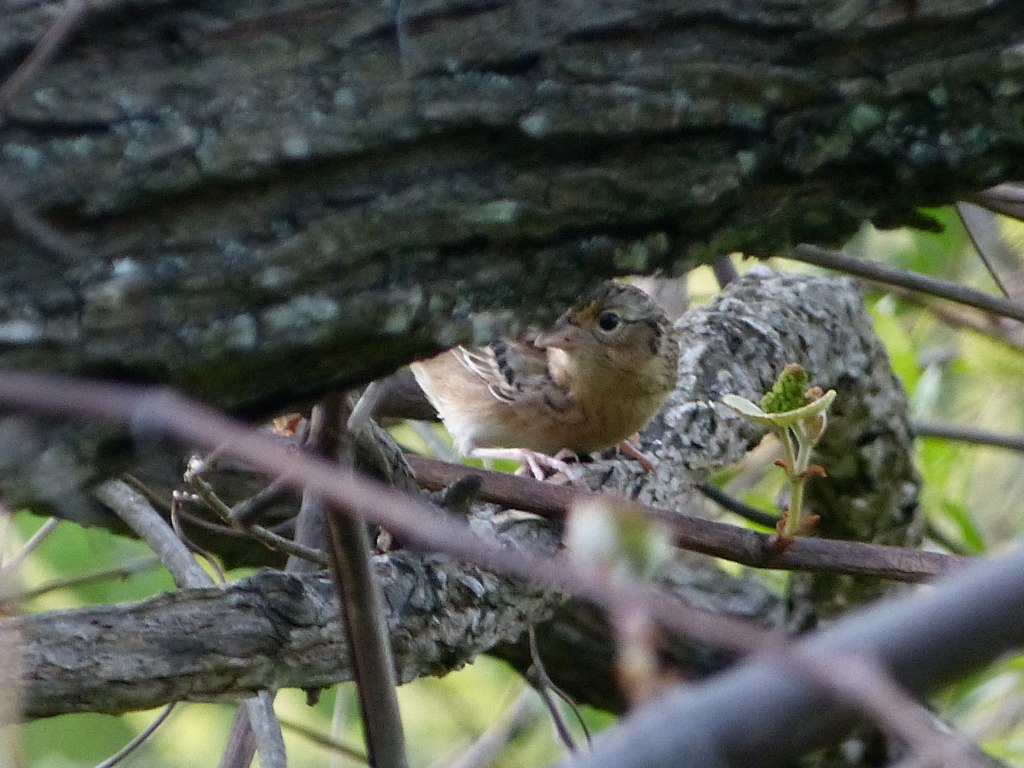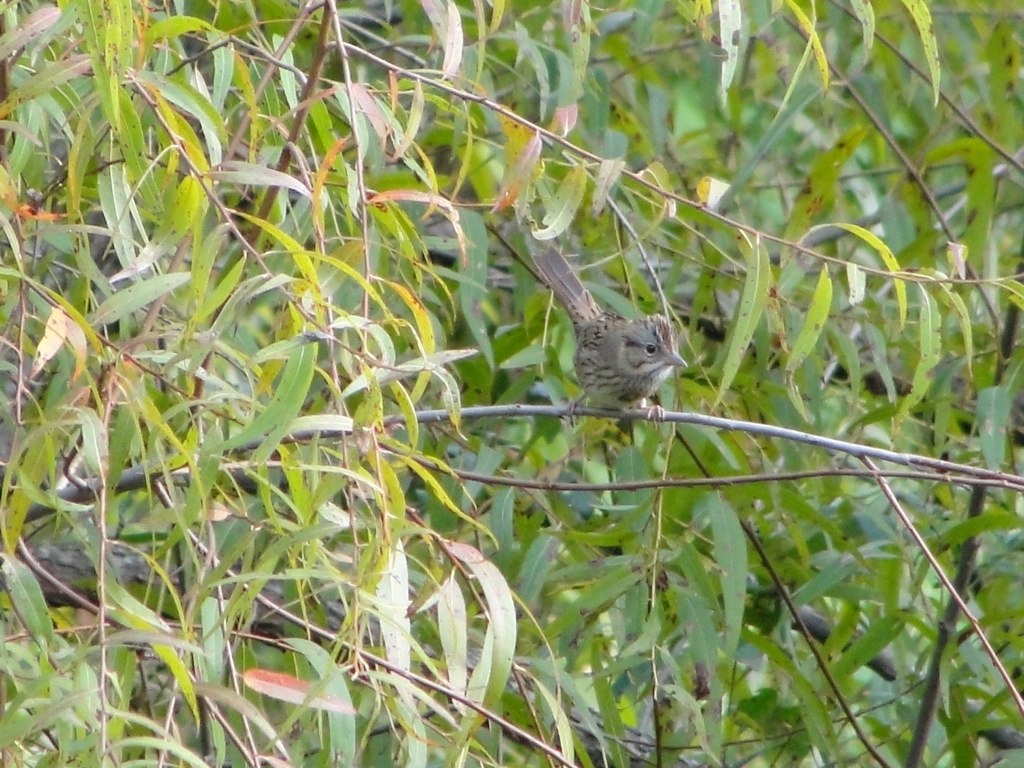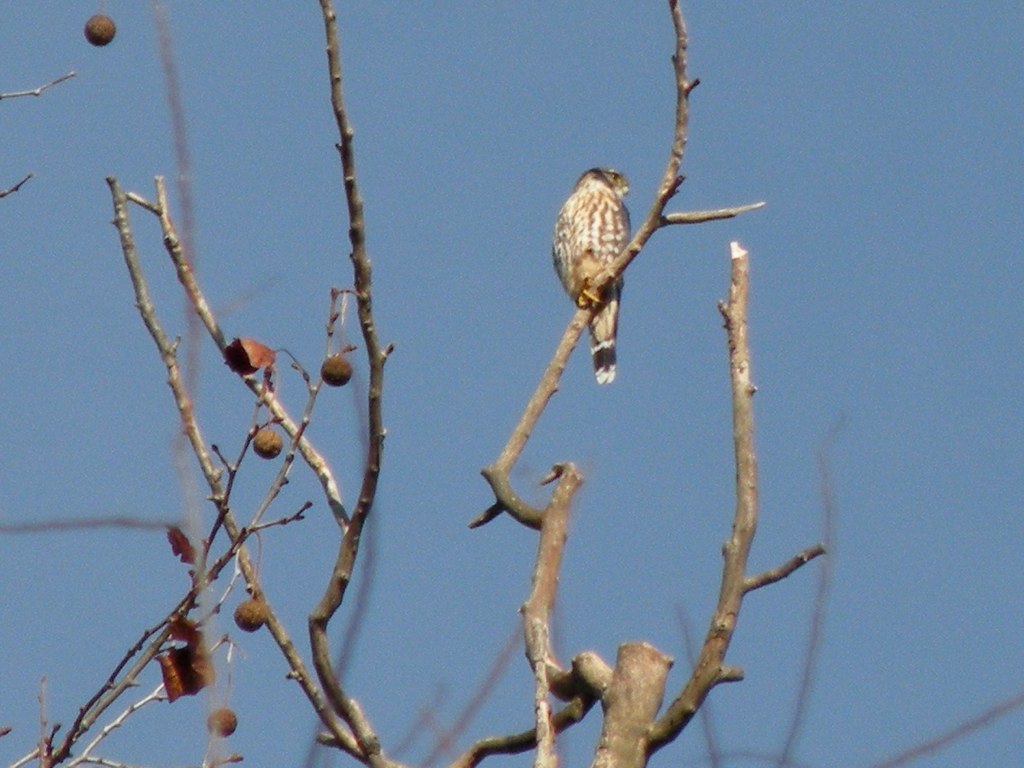Hunting Creek Bridge (also known locally as the Stone Bridge) is probably the best location in Fairfax County to view a huge variety of shorebirds, waders, terns, and gulls. This is because Hunting Creek merges with the Potomac River under the bridge, depositing large amounts of sediment creating vast tidal flats.
Hunting Creek can be a fickle location to bird –it's really hit or miss. One day it will be swarming with 200+ peeps and the next there will be nothing. It's easy to be disappointed especially after looking through the list of mouthwatering rarities, but here are some tips to increase your chances of success. The most important thing is to bring a scope; most of the birds will be very distant out on the flats or tightly packed together, so a scope is pretty much essential. Even better than a scope would be to kayak – it will put you right in the action and give you excellent views. Another thing is to keep the sun in mind. Afternoon is almost always the superior time, as the sun will be at your back when you look at the main flats from the bridge. For the western flats you can go to the George Washington Pedestrian Bridge in Alexandria and then look east and the sun will again be at your back. Another important thing to consider when birding Hunting Creek Bridge is the tide. Twice a day the tide rises and falls. During low tide the flats are exposed, but at high tide all the birds leave except for the handful of terns and gulls who roost on driftwood and pilings. Check the current and predicted tide here. To increase your chance of good birds, go birding before, after, or during a rain storm or hurricane. The rain and storm will displace and put down birds; it can lead to some very exciting finds! Lastly, a big fat asterisk should be put in front of many of the more outlandish records and checklists from this location. Every so often on the Potomac a species of floating vegetation called Hydrilla blooms, creating thick mats on the river. They draw in pretty much every shorebird, tern and wading bird in the area, leading to some amazing lists and records. It's unlikely that some of these birds would stop by if it wasn't for the mats. The last time this happened was in 2016.
At low tide to the west of the bridge, a long peninsula of mud is revealed in Hunting Creek. This side generally is the best for waders and also attracts a variety of shorebirds. This area is best viewed from the aforementioned George Washington Parkway Pedestrian Bridge, which is in Alexandria. It will put you about 20 feet directly above any shorebirds feeding on the mud below – a unique experience for sure! The main flats are to the east; looking out into the river these can be viewed from the Mt. Vernon Trail, a paved bike path. Year-round they attract huge flocks of gulls, which come here to roost and feed. Depending on the time of year, you will be looking for different things. During winter the flock swells up to several thousand birds, mostly Ring-Billed Gulls. Herring Gull and Great Black-Backed Gull are regular. Lesser Black-backed and Laughing Gull are annual winterers. Many other rarer species have been seen mixed in such as Glaucous, California, and Iceland. Also in winter, a large flock of Canada Geese numbering several thousand hangs out in and around the flats. Look for Cackling (which is annual), Ross’s, Snow, Greater White Fronted, and Barnacle Geese, all of which have been seen.
You can look for shorebirds pretty much any time April through November, but August through September definitely has the peak diversity. Although they are not usually in high numbers, they make up for it with quality. Many of the shorebirds that stop here have a very coastal feel and are very rare this far inland. Overall, a whopping 32 species of shorebird have been spotted here. You can usually count on getting at least both Yellowlegs, Least Sandpiper, Semipalmated Sandpiper and Semipalmated Plover. Dunlin, Black-Bellied Plover, Willet, American Avocet, and Sanderling are annual or nearly so. Some of the more outstanding records include Sharp Tailed Sandpiper, Piping Plover, Ruff, Buff Breasted and Baird's Sandpiper, Red Knot, Hudsonian and Marbled Godwit, and Whimbrel. Most of the time shorebirds do not linger for long; they are migrating down the river and will stop to feed for the afternoon and then when the tide rises again, they will move on. During the warmer months Forster's Terns, Caspian Terns, and Laughing Gulls join the roosting flocks. During migration you might find Bonaparte's Gull or Common Tern. Also keep your eye on the river as Black Terns, Bank Swallows and other goodies can be spotted actively migrating. It is important to check the pilings to the northeast of the bridge, as they often have terns even at high tide. Every so often Least and Royal Tern will also turn up, usually in May or August. In late summer look for waders; the Western side often gets large concentrations of Great Egrets and consistently gets Snowy Egret, which is quite uncommon in the county. Little Blue Heron is also regular. Cattle Egret, Tricolored Heron, both Night-Herons and both Gloosy and White Ibises have been seen. There are always Bald Eagles present and a pair of Ospreys nest in view of the bridge. In migration Peregrine Falcons and Merlins often stop to hunt. The scrubby trees and bushes around the bridge, mostly to the south, often attract warblers not only in migration but frequently in winter: Northern Parula, Yellow-throated Warbler, and Orange-crowned Warbler are all fairly regular in winter.
Accessibility: There is no parking along the road or at the nearby apartments. The best course is to park at the north parking lot of Dyke Marsh and walk an easy half-mile to the bridge along the Mt. Vernon Trail. Another option is to park at Jones Point Park; it is ¾ of a mile from the bridge.
eBird Hotspot: Hunting Creek Bridge
—Amiel Hopkins, April 2021

